The Tbilisi Opera and Ballet Theatre (Georgian: თბილისის ოპერისა და ბალეტის სახელმწიფო აკადემიური თეატრი, Tbilisis op’erisa da balet’is sakhelmts’ipo ak’ademiuri teat’ri), officially named after the great Georgian composer Zakaria Paliashvili, is a cultural cornerstone of Georgia and one of the oldest opera houses in Eastern Europe. Located on the main thoroughfare of Rustaveli Avenue, its magnificent and distinctive architecture makes it a prominent landmark and a must-visit destination.
History and Architecture:
A History of Rebirth: The theatre’s history is marked by a series of dramatic events, including two devastating fires. The first opera house, a Moorish-style building, opened in 1851 but was destroyed by fire in 1874. The current building, designed by the Baltic German architect Victor Schröter, was completed in 1896. This building, too, was severely damaged by fire in 1973, but was meticulously restored to its original pseudo-Moorish style, a testament to the city’s commitment to its cultural heritage. A recent, six-year restoration effort was completed in 2016, further solidifying its status as a world-class venue.
Pseudo-Moorish Style: The theatre’s architectural style is a striking example of the pseudo-Moorish revival popular in the 19th century. Its facade features alternating yellow and reddish bands, ornate stucco ornaments, pointed arches, and turrets that create a distinctly oriental and exotic image. The interior continues this theme with intricate geometric patterns, elegant columns, and stunning mirror and stained-glass halls.
A European Layout: Despite its Oriental exterior and interior decorations, the building’s overall plan, including its large performance space with a seating capacity of over 1000 people, is that of a classic European opera house, with excellent sight lines and acoustics.
Performances and Legacy:
World-Class Repertoire: The theatre hosts a diverse repertoire of both opera and ballet, ranging from timeless classics by composers like Verdi, Puccini, and Tchaikovsky to works by celebrated Georgian composers such as the theatre’s namesake, Zakaria Paliashvili, whose opera Abesalom and Eteri is a traditional season opener.
Internationally Renowned Talent: The theatre is home to the State Ballet of Georgia, led by the internationally acclaimed ballerina Nina Ananiashvili. It regularly hosts world-famous opera singers and conductors, and its companies have toured triumphantly in many countries.
Cultural Symbol: The Tbilisi Opera and Ballet Theatre has long been a center of cultural and social life, a symbol of Georgian national identity, and a venue for important national celebrations and events. It is a member of Opera Europa and is part of the European Route of Historic Theatres.
Visitor Information:
Location: The theatre is centrally located at 25 Rustaveli Avenue, making it easily accessible on foot or by public transport.
Tickets: Tickets can be purchased online through the theatre’s official website (opera.ge) or local ticketing platforms like tkt.ge. Prices can vary significantly depending on the performance, date, and seat location, but tickets can start from as low as 20 GEL for some performances. It’s recommended to book in advance, especially for popular shows.
Schedule: The theatre’s schedule is available on its website, where you can find information about upcoming operas, ballets, and concerts.
The Tbilisi Opera and Ballet Theatre is not just a venue for performances; it is a masterpiece of art and architecture that stands as a living monument to Georgia’s rich cultural history and its enduring passion for the performing arts.

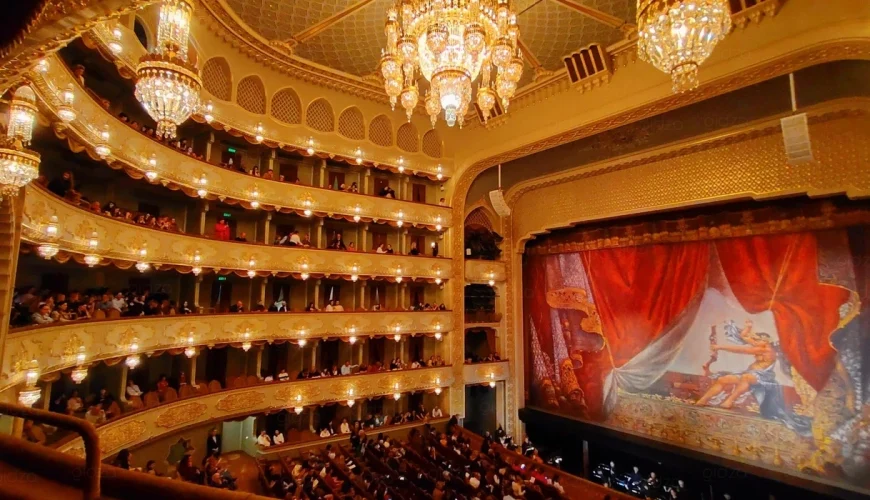
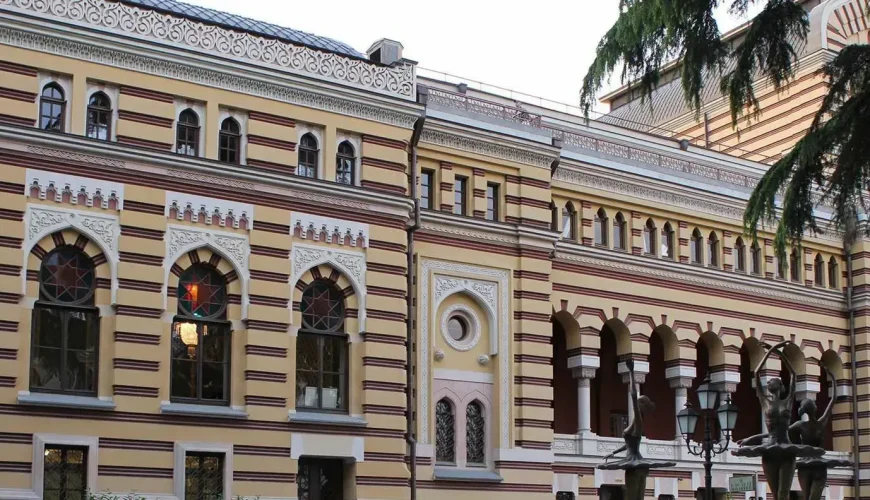
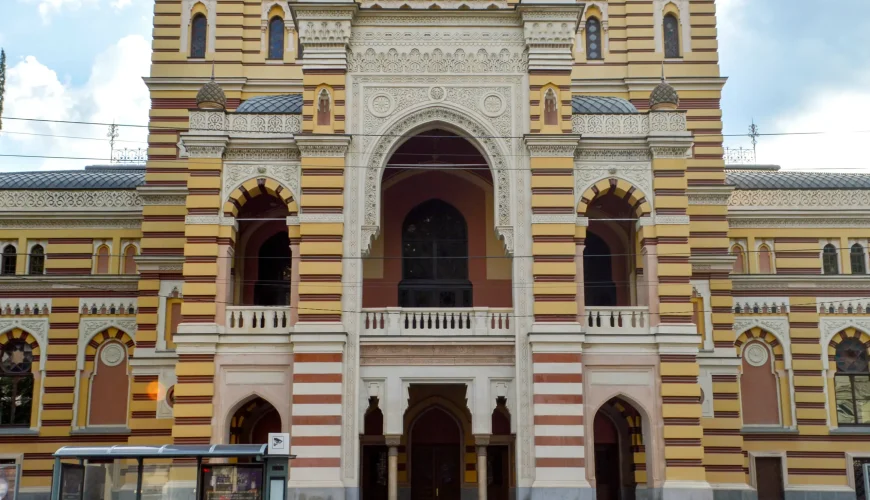
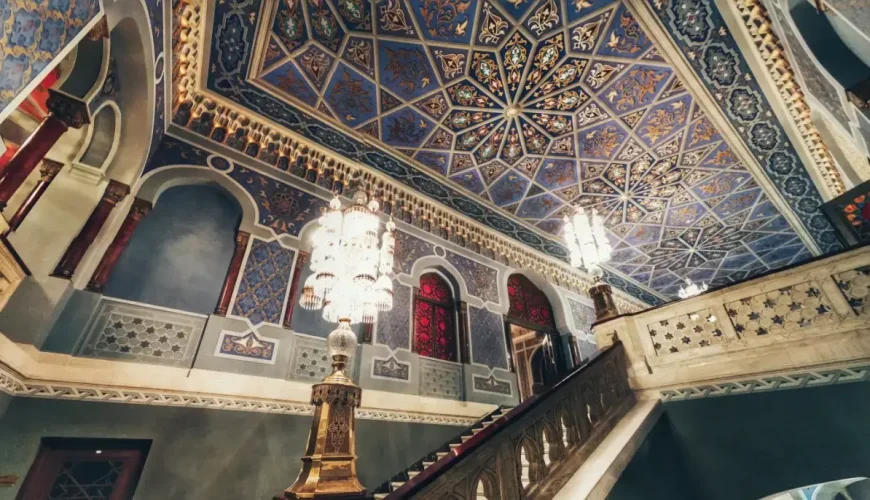
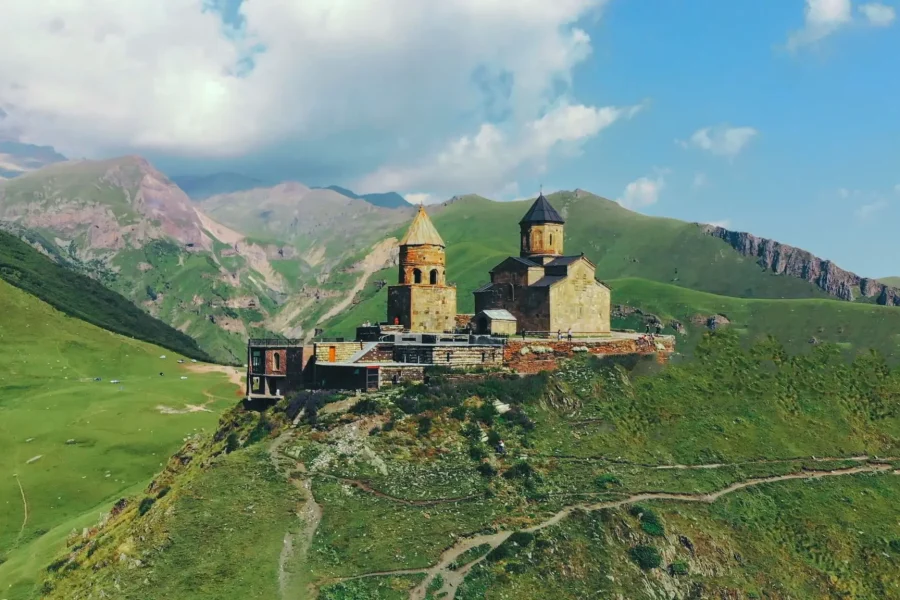
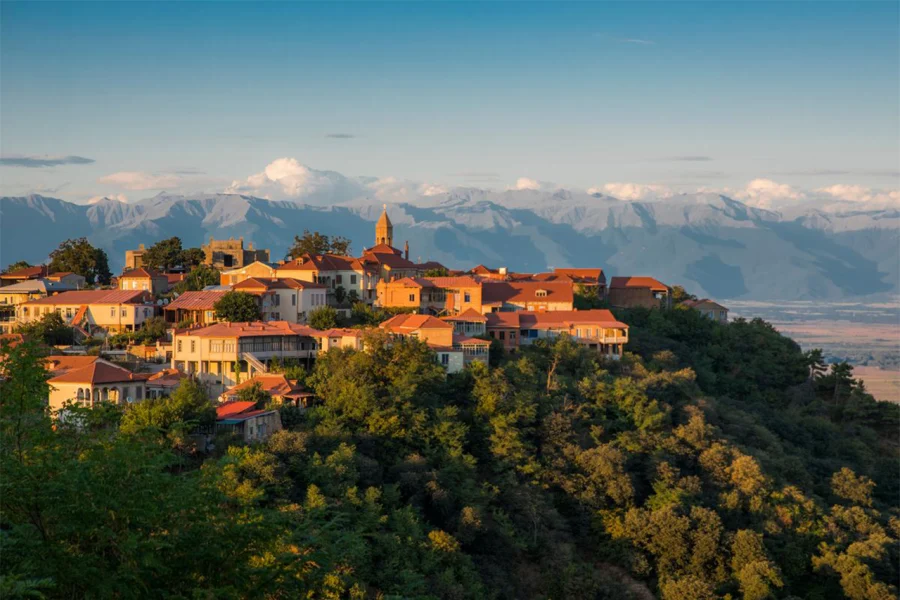
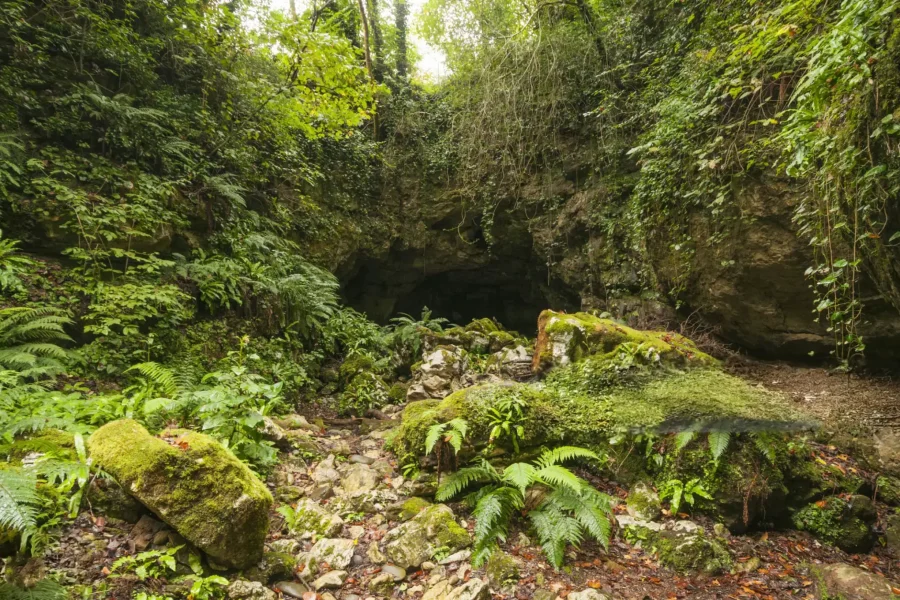

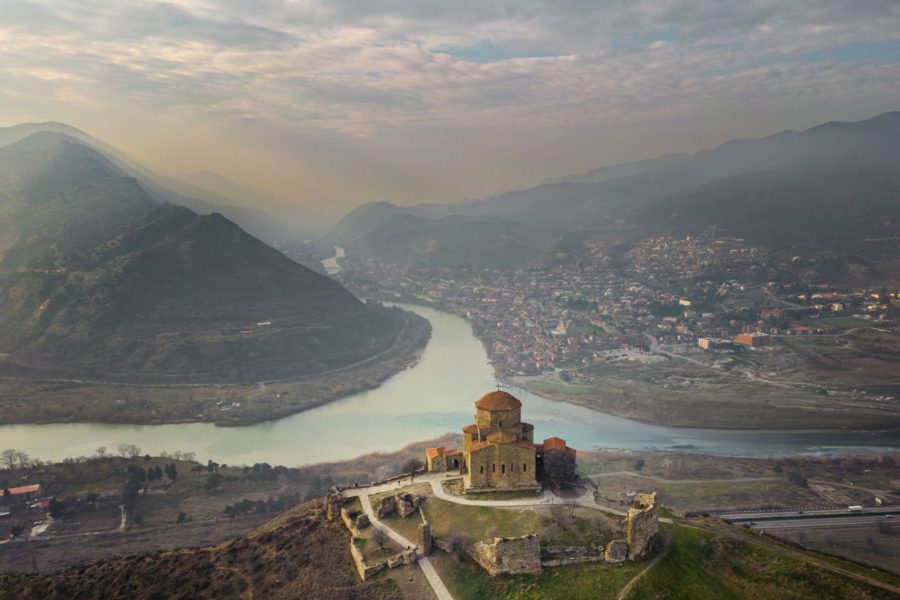
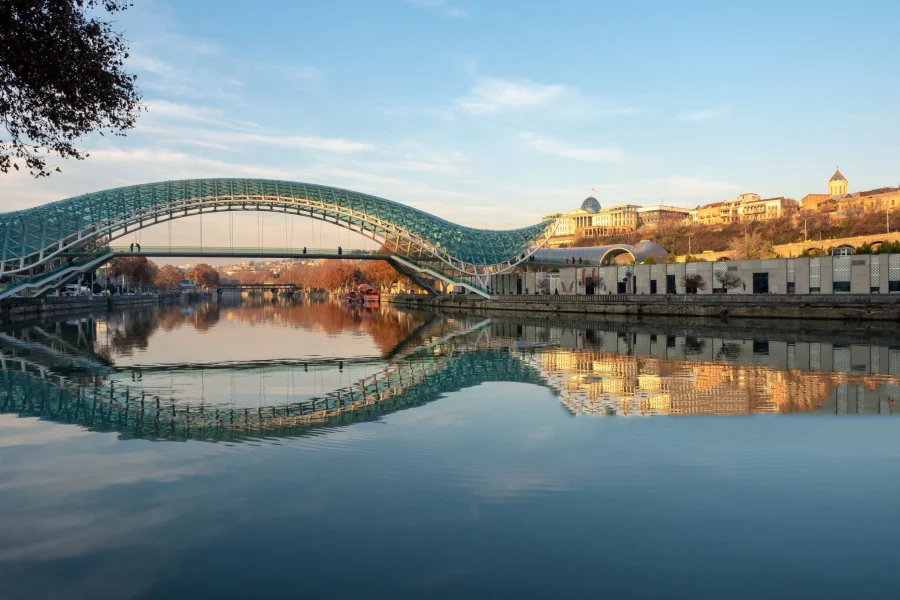
0 Comment